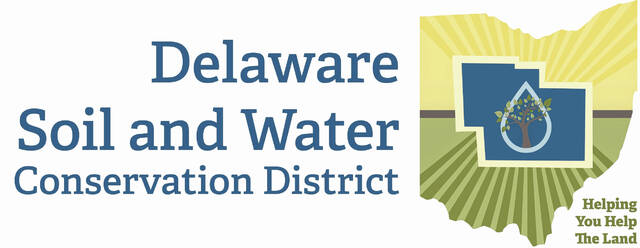
With spring just around the corner, I am looking forward to planting my garden and upgrading my landscape with new trees. As tree planting time approaches, here are some pointers to help make sure your hard work pays off and helps the tree take root.
Before choosing a tree, make sure you know your soils. A great resource is the Delaware County Master Gardeners website at https://delaware.osu.edu/program-areas/master-gardener-volunteers/soil-testing, which outlines the who, what, where, when, why, and how of soil testing. The Master Gardeners, a program of the Ohio State University Extension – Delaware County, can also help with interpreting your test results so you apply only the soil amendments that are needed for your new tree.
Trees can be purchased as bare root seedlings, container grown, or ball and burlap. When deciding which is the best option for you; consider cost, the amount of effort needed to plant the tree, and transporting the tree to the site. A larger tree may have an instant impact on your site; however, it will be heavy and bulky to maneuver and will likely suffer transplant stress that can last a few years. Smaller trees require less digging and less watering, but may be more likely to destruction from accidental mowing or weed-eating because they are not as visible. Keep in mind that deer aren’t picky about tree size so you may want to invest in fencing for the first few years.
When planting a tree of any size, the root collar (where the roots join the main trunk) should sit at or slightly above the soil line. The root collar is part of the tree trunk and requires the movement of oxygen and carbon dioxide in and out of the inner bark to survive. It is critical that the hole be two to three times the root ball diameter. The majority of tree roots are located within the top three feet of soil and 80% are in the top 18 inches! Wider, not deeper, is a general rule of thumb.
Mulch around your new tree to allow the tree roots to expand without competition from the grass in your lawn. Grass and weeds rob your tree of moisture and nutrients. A wide tree ring of mulch also helps keep lawn care equipment away from your new tree. Mulch should be spread thinly near the trunk, but not touching the trunk, gradually reaching two to three inches in depth at the outside edge of the ring to achieve the ideal “donut” effect. Mulch should never be piled against the trunk to look like a volcano, as this can draw rodents and insects, suffocate roots, kill the inner bark, and cause excessive heat as the mulch decays.
Watering your new tree is recommended to supplement what Mother Nature may not provide regularly. If the soil is dry to the touch at two inches deep, watering is needed. How much and how often will depend on the size of the tree, soil conditions, and weather conditions. There are different styles of tree bags that can be used to hydrate your tree available for purchase at garden centers and online, or you can use a five-gallon bucket with holes drilled into the bottom of it.
We plant trees for many reasons: to build soil, release oxygen, increase biodiversity, help alleviate flooding, and harsh winds, and to provide shade. A well planted tree is not only beautiful, but is important to a wide variety of Ohio’s wildlife for food, shelter, and nesting sites. Trees are an investment in the future and provide benefits for many years to come.
For more information on where you can locally purchase trees of various sizes, the benefits of trees or for more planting tips, contact the Delaware Soil and Water Conservation District by visiting our website at SoilAndWater.co.delaware.oh.us or call us at 740-368-1921.

